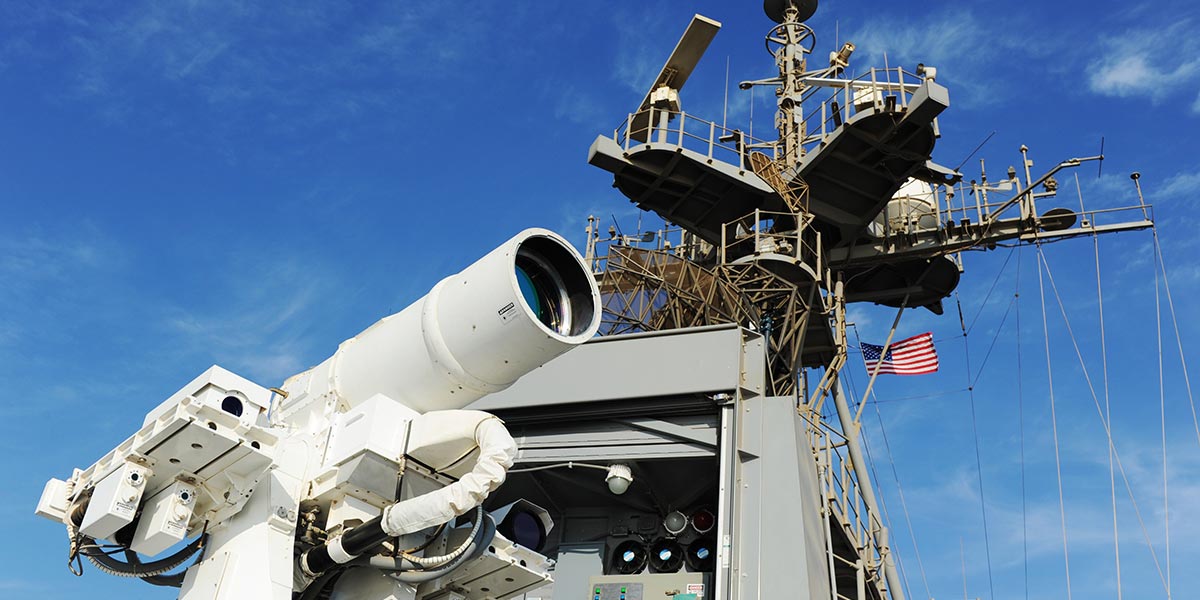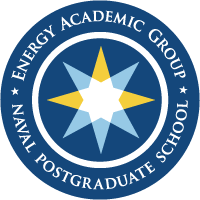Meeting the Challenges of the Department of the Navy Operational Energy Goals - Energy Academic Group

Operational demonstration of the Office of Naval Research (ONR)-sponsored Laser Weapon System (LaWS) (U.S. Navy Photo)
Meeting the Challenges of the Department of the Navy Operational Energy Goals
By James C. Caley Director for Operational Energy, Department of the Navy
THE FOCUS OF NATIONAL STRATEGY has transitioned from one on counter-insurgency operations to global deterrence and competition with peer and near-peer competitors. In order to be successful, the Chief of Naval Operations and the Commandant of the Marine Corps have asked the Services to focus on concepts like Distributed Maritime Operations and Littoral Operations in Contested Environments. The impact on the Naval Operational Energy challenges has been significant. Meeting those challenges require the Department of the Navy (DoN) to enhance the lethality and effectiveness of forces through energy resilience, operational reach, and time on station of forward presence naval forces.
The Department of the Navy operational energy challenges are myriad. The naval fuel distribution system is characterized by critical assets and single points of failure along static lines of communication. Fuel demand is projected to increase by as much as 15% between now and 2030 as a result of increased demand of weapons systems, increasing force structure, and increased demands of distributed maritime operations. For example, our ability to distribute fuel beyond the oiler into the littorals and contested environments needs to be addressed through an integrated naval approach. Deployed expeditionary forces requirements in electricity have gone up more than 26%, and advanced weapons systems and sensors will more than double electrical demand on our ships.
To solve these problems, the DoN should consider the following recommendations.
Future power must be shared
Future warfighting requires more power at all levels. Our Marines and SEALs and other expeditionary forces require power for radios, computers, electronic warfare capability and more. The traditional method of powering those devices with discrete batteries and generators has resulted in increasing carried loads and logistics support requirements. Furthermore, future weapons systems and sensors require significant additional power exceeding the capabilities of today’s ships and aircraft. Fitting more power generation and storage on the platforms is not a reasonable solution. Sharing networked power can enable directed energy capabilities such as lasers, more effective radars, and other electronic warfare capabilities.
Fuel distribution needs to meet the demands of a distributed and contested warfighting environment.
Navy oilers may be the backbone of naval capability, but are not optimized for performing their mission in high risk environments, or worse yet, under fire. Both the Navy and the Marine Corps
are examining fuel distribution within the range of enemy threat accomplished in smaller, lower profile, risk-worthy platforms.
Advanced energy storage is a key enabler for unmanned systems, isolated forces, and efficient and effective power management of directed-energy weapons.
The Navy and Marine Corps are in need of dependable, energy/power-dense, safe, and affordable batteries to meet these growing demands. Leveraging commercial investment in domestic grid electrification and the automotive sector, and enhanced standardization and commonality, are potential opportunities.
These considerations are offered as the DoN works towards establishing coordinated, Service-specific, measurable objectives to ensure naval operational challenges are addressed and integrated. There surely will be more to follow.
LEARN MORE
Email James C. Caley at james.c.caley@navy.mil
Quarterly Newsletter
Surge is published quarterly by the Energy Academic Group and covers a divese range of energy-related topics. View archive

